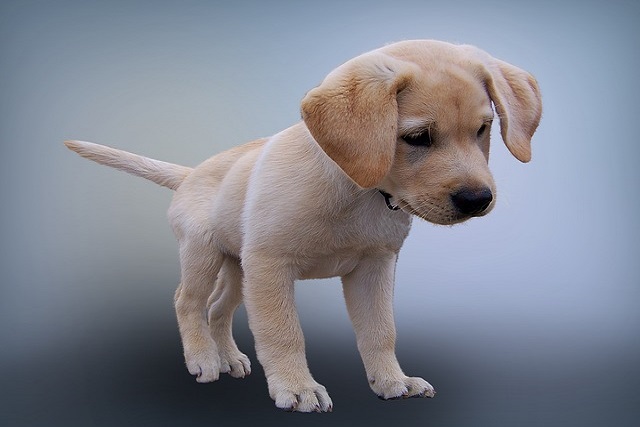
What is glaucoma in a dog?
You might notice your dog squinting more at mealtime or avoiding bright sunlight—these small changes could be early signs of a serious eye condition.
I’ve watched new dog owners stare at their black pants—covered in white fur—and sigh, “Is there any way to stop this?” If your couch looks like a fur blanket and your vacuum’s filter is constantly clogged, you’re not alone. While no dog sheds zero hair (it’s how their bodies replace old fur), you can cut down on the tumbleweeds with smart, gentle steps. Let’s break down how to keep the hair where it belongs—on your dog, not your favorite sweater.
First, let’s get real: shedding is normal. Dogs lose old or damaged hair to make room for new growth, kind of like how we lose dead skin cells. Breeds with double coats (think Huskies or Labradors) shed more seasonally, swapping thick winter fur for lighter summer coats. But excessive shedding often ties to health or habits. A diet low in omega-3s, for example, can make fur brittle and prone to falling out. My neighbor in Seattle noticed her Golden Retriever, Bailey, shed in clumps until she added a splash of fish oil to his food—now his coat is shinier, and the fur on the floor is half as much. Brushing is key here: it removes loose fur before it hits your furniture, and massages their skin to distribute natural oils that keep fur healthy.
So, what’s the right way to brush? For short-haired dogs (like Beagles), a rubber curry brush works best—use it 2-3 times a week, in the direction their fur grows. Long-haired breeds (Poodles, Shih Tzus) need daily brushing with a slicker brush to prevent mats, which trap loose hair and make shedding worse. Pro tip: Brush outside if you can—less cleanup indoors. If you live in an apartment, brush over a towel to catch loose fur, then shake it outside. My cousin in Miami keeps a small brush by the door; a quick 30-second brush before walks keeps fur from getting all over the elevator.

Bathing and diet matter too. Bathe your dog every 4-6 weeks with a moisturizing, hypoallergenic shampoo—over-bathing strips their skin of oils, making fur dry and more likely to fall out. Feed them a high-quality food with protein (the building block of fur) and omega-3s (look for salmon or flaxseed in the ingredients). Avoid cheap brands with fillers—they often lack the nutrients needed for healthy coats.
Now, the “don’ts”: Never shave a double-coated dog to reduce shedding—it messes up their natural temperature regulation and can make future shedding worse. Don’t scold your dog for shedding—they can’t help it, and stress will only make them lose more hair. Instead, turn brushing into a bonding activity: talk to them softly, reward with a treat afterward. It’s positive reinforcement that makes grooming something they look forward to.
When you’re out and about, a lint roller in your bag keeps fur off your clothes at the dog park. Always carry poop bags (fines for forgetting hit $200 in Chicago), and keep up with vet checkups—your dog’s rabies vaccine (required in all 50 states) is a must, and your vet can spot health issues (like thyroid problems) that cause excessive shedding.
Stopping shedding entirely? Impossible. But with these steps, you’ll spend less time vacuuming and more time cuddling your (slightly less fuzzy) pup.

You might notice your dog squinting more at mealtime or avoiding bright sunlight—these small changes could be early signs of a serious eye condition.

Let’s set the scene: It’s a sweltering Phoenix afternoon—105°F outside—and you rushed your 2-year-old Lab mix, Cooper, on a quick walk to “get it over with.”

Let’s get real: You’re in your Miami apartment, watching your 3-year-old Corgi, Loki, struggle to climb the stairs to your second-floor unit.

Many dog owners brush off occasional scratching as just “dog behavior,” but persistent itching often signals something more—like a food allergy.

You might first notice your dog scratching more than usual—chewing at their paws until the fur looks thin, or rubbing their face against the couch nonstop.

Let’s be real: You’re standing in your Chicago apartment, watching your 3-year-old Beagle, Max, huff and puff just to climb onto the couch.